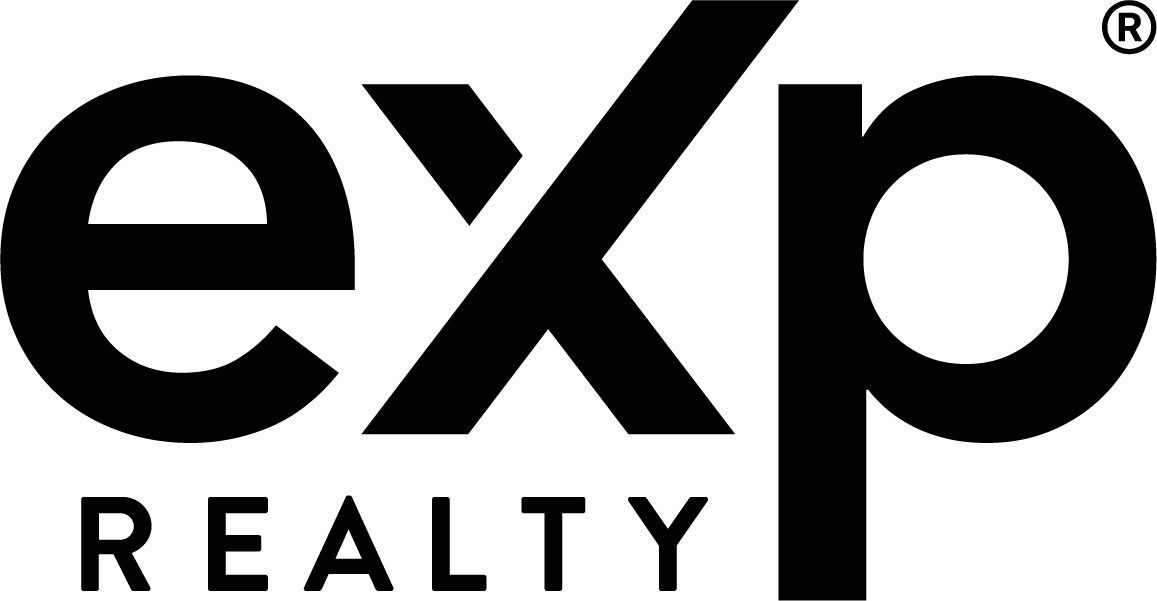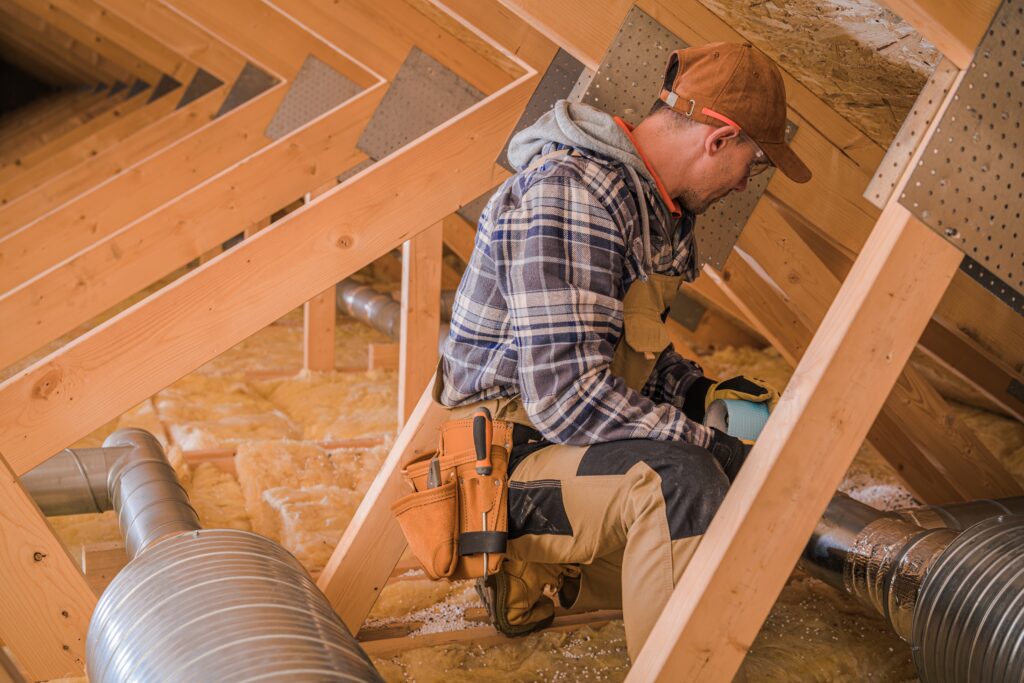Buying a home in Florida is exciting, especially when you’re planning a move to a place as vibrant and welcoming as Central Florida. Between the sunshine, lakes, and family-friendly neighborhoods, it’s easy to focus on the fun side of homeownership. But before you sign on the dotted line, it’s important to understand the true cost of buying a home. Beyond your down payment and monthly mortgage, there are a number of hidden expenses that can surprise first-time buyers and even experienced homeowners.
Here’s a closer look at what you should budget for when purchasing a home in Florida and how planning ahead can help you move forward with confidence.
(Information based on Florida housing data and lending guidelines as of November 2025.)
1. Closing Costs
Closing costs cover the many services and fees that make your purchase official. They typically range from 2% to 5% of the home’s purchase price and include items like lender fees, title insurance, escrow, and recording fees. In Florida, buyers often pay for their own lender title insurance and loan origination costs, while sellers may handle other portions of the title fees.
It’s smart to ask your lender for a Loan Estimate early in the process. This document outlines what your closing costs will look like so there are no surprises when you reach the closing table.
2. Home Inspections
Inspections are essential for protecting your investment. A standard home inspection in Florida averages $350 – $600, depending on the home’s size. Additional inspections, such as wind-mitigation and four-point inspections, may be required for insurance or older homes.
Skipping an inspection might save a few hundred dollars up front but could cost thousands later if issues like roof damage or plumbing leaks go unnoticed.
3. Appraisal Fees
If you’re financing your home, your lender will require an appraisal to confirm the property’s market value. In most parts of Florida, appraisals cost between $450 and $700. It’s a one-time fee that ensures you don’t overpay for the property and that the loan amount is appropriate for the home’s true worth.
4. Property Taxes
Florida’s property taxes vary by county and city, but Osceola County rates generally fall around 1% to 1.2% of assessed value per year. Buyers relocating from other states are often surprised that taxes are recalculated after a sale, which can increase the bill compared to what the seller paid. Your Realtor can help you estimate the first year’s taxes so you can budget accurately.
5. Homeowner’s Insurance
Because Florida faces unique weather risks, insurance costs tend to be higher than the national average. Premiums can range from $2,000 to $4,000 per year depending on location, roof age, and wind-mitigation features. If you’re purchasing near the coast or a lake, you may also need separate flood insurance through the National Flood Insurance Program (NFIP) or a private carrier.
When comparing homes, ask your agent about past insurance claims and whether the roof, plumbing, or electrical systems have been updated. These details can significantly affect your premiums.
6. HOA or CDD Fees
Many of Florida’s newer communities include Homeowners Associations (HOAs) or Community Development Districts (CDDs) that maintain shared amenities like pools, playgrounds, or landscaping. HOA dues can range from $100 to $400 per month, while CDD fees are often added to your annual property-tax bill.
Before making an offer, request copies of the HOA rules and financial disclosures. This helps you understand monthly obligations and any upcoming assessments that could affect your budget.
7. Moving and Utility Setup
Once the purchase is complete, moving costs can quickly add up. Hiring movers, setting up utilities, and transferring internet or cable services can easily reach $1,000 to $2,500, depending on distance and the size of your home.
If you’re moving from out of state, factor in travel expenses, temporary housing, and storage fees. Planning these costs ahead of time helps you avoid financial strain during your first few weeks in your new home.
8. Maintenance and Repairs
Even new homes need regular care. Budget 1% of your home’s value each year for maintenance, which covers lawn care, HVAC servicing, pest control, and small repairs. Florida’s heat and humidity can accelerate wear and tear, so setting aside a home-maintenance fund is one of the best ways to protect your property long-term.
9. Furnishings and Personal Touches
After closing, you’ll likely want to furnish or decorate your new home. New blinds, patio furniture, and appliances can easily add several thousand dollars to your move-in costs. Prioritize essentials first and update over time so you stay within your comfort zone financially.
10. The Value of Working with a Realtor
Understanding these expenses can be overwhelming, but you don’t have to handle it alone. A local Realtor provides insight into realistic costs for your specific neighborhood, connects you with trusted lenders and insurance agents, and helps you negotiate credits or seller contributions to offset some of these fees.
At Dawn Grigsby Real Estate, our team takes pride in helping buyers prepare for every part of the process, not just the purchase price. We’ll guide you through each step so you know exactly what to expect before you make one of life’s biggest investments.
Visit St. Cloud Homes for Sale to explore available listings or use our Property Search tool to filter by price, location, and features. When you’re ready to discuss your budget, reach out through our Contact page to schedule a consultation.

